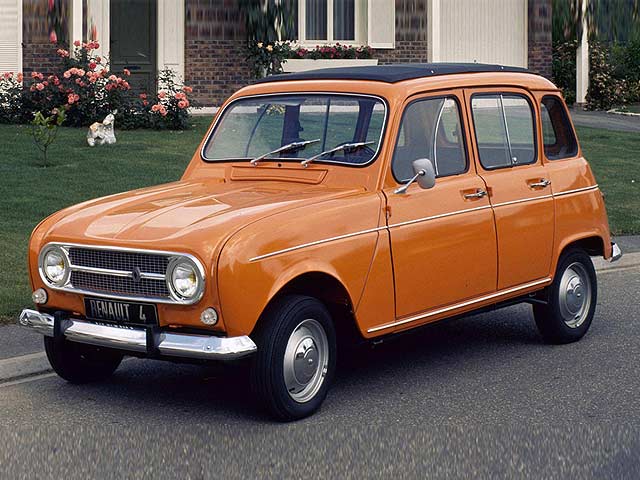


This edition of the BMW i3 0.6l Hybrid is the 1 speed / Auto version and was first brought out in 2013. This was at around the same time as the introduction of the 2014 Tesla Model S P100D Ludicrous Performance and the 2014 Koenigsegg One 1 5.1 V8 Twin Turbo.This particular BMW i3 has a 647cc Naturally Aspirated Petrol powerplant with 2 cylinders in a St formation.
The i3 shares its Petrol St2 engine configuration with the likes of the 2012 Fiat 500 L TwinAir Turbo and the If you're looking for other fast cars which share the i3's Rear Wheel Drive, Hatchback combination then how about the 1982 Fiat X1/9 1.5 8V or the 1965 Aston-Martin DB6 1965.
Weighing in at 1390 kgs (3064 lbs) this makes the BMW i3 0.6l Hybrid in the same weight category as the 2022 Lamborghini Huracan Tecnica 5.2 V10 or the give or take 50kg.
In terms of power the 647cc 8V St2 engine produces 34 bhp (25 kW) @ 1 rpm similar to the 1980 Skoda 120 L 1200 (52 bhp) or the 1977 Skoda 105 S (45 bhp).
The Naturally Aspirated St2 throws out 41 lb-ft (55.5 Nm) @ 1 rpm placing it with cars of similar torque performance figures such as the 1980 Skoda 120 L 1200 (63 lb-ft) or the 1977 Skoda 105 S (55 lb-ft).
If one combines the weight with power or torque performance for the BMW i3 you can get a better idea of it's real world performance.
The BMW i3 has a Power to weight ratio of 24.4 bhp per ton and 29.4 lb-ft per ton. Bhp Per Ton figures of the 2013 i3 competing with the 1977 Ford Granada 2.1 Diesel (49.4 bhp per ton) or the 1961 Triumph Herald 1200 (47.9 bhp per ton).
If you agree with the late great Carroll Shelby then arguably an even better indicator of potential performance, Torque. Use weight as well and you end up with - Torque per ton, with the BMW i3 generating around 29.4 lb-ft per ton. If you're curious as to what other cars have as much torque to weight then look no further than the 2013 BMW i3 0.6l Hybrid (29.4 lb-ft per ton) or the 1961 Renault 4 L Export (27.8 lb-ft per ton).
With a 0-60mph time of 7.60 secs or a 0-100km/h (0-62mph) of 7.9 secs, this made the BMW i3 0.6l Hybrid as fast as the 2011 Abarth 500C 1.4 Turbo (7.60 secs) the 2011 Fiat Punto Evo Abarth 1.4 Turbo (7.60 secs) the 2010 Peugeot 308 1.6 GTi (7.60 secs) the or the 2009 Mazda MX5 2.0i Roadster Coupe (7.60 secs). This BMW i3 0.6l Hybrid is also faster than the 2010 Citroen DS4 200 1.6 Turbo (7.70 secs) the 2006 Volkswagen-VW Polo 1.8T GTi (7.70 secs) the 2005 Mitsubishi Colt CZT 1.5 Turbo (7.70 secs) the and the 2005 Audi Q7 4.2 V8 (7.70 secs).
When talking about the performance of the BMW i3 on the drag strip it can reach a quarter mile in an estimated 28.55 secs @ 47.9 mph. Similar performance down the quarter mile can be found with the the 1970 Ford Cortina MkIII 2000GT (28.47 secs), the 1971 Bentley Corniche 6.8 V8 (28.48 secs), and the 1979 Ford Mustang Cobra 2.3 V6 Turbo (28.52 secs).
Modern performance cars are often artificially restricted to 155mph. The 2013 version of the BMW i3 0.6l Hybrid has a maximum speed of 93mph.
If maxing out your car on the AutoBahn is your thing and you're wondering what's faster than the 2013 BMW i3 0.6l Hybrid then how about the 1963 Ford Cortina MkI Lotus Type 28 (104 mph), the 1955 Jaguar Mark VII M 3.4L (104 mph), or the 1972 Chevrolet Impala Custom Hardtop 6.6L V8 (105 mph).










Mercedes SL Class 450SL V8 R107
Engine: Naturally Aspirated Petrol | 4520cc 16v V8
Top Speed: 209.2 kph
0-100kph: 9.3 seconds



















